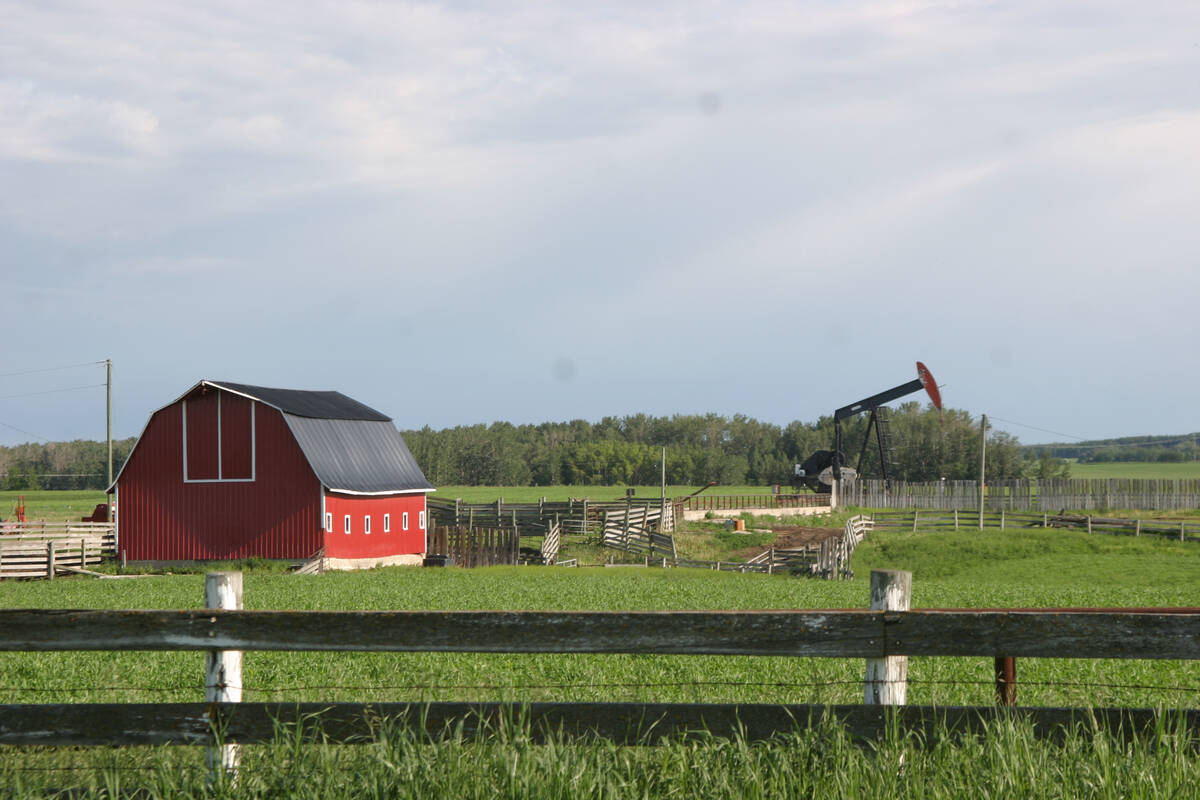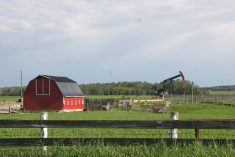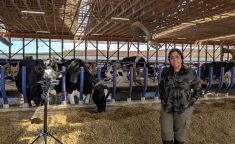With lambing, foaling and calving season right around the corner, it’s time to think about safe handling of sharps. “Sharps” is the universal term used for items such as needles, scalpel blades or broken glass from medicine bottles.
In 2009, hypodermic needles with syringes accounted for 32 per cent of the farm tool injuries reported in Alberta. Needles were the most common hand tool causing injury, surpassing knives (23 per cent), grinders (16 per cent), cutting torches (four per cent), pitchforks (four per cent) and chain-saws (two per cent).
Read Also

Recommendations in the mature assets strategy could cause potential problems for landholders
The Western Stock Growers’ Association urges producers to pay attention to the potential changes to Alberta’s Mature Assets Strategy.
“While a pin-prick alone might not be all that scary, what’s on the ‘sharp’ may be more cause for concern,” says Nicole Hornett, Alberta Farm Safety co-ordinator with Alberta Agriculture and Rural Development. “Bodily fluids, blood and residual pharmaceuticals are often present on these items which could easily introduce infection, toxins or disease into your body. Even if the substance on the needle doesn’t directly harm you, the puncture in your skin could leave you susceptible to pathogens from other sources.”
The Alberta Farm Safety Program recently published information on handling agricultural sharps calledWhat’s the Point. The booklet contains easy ideas to begin a sharps safety program on your own farm. Here are some examples:
1. Establish a management system for your sharps post the Poison Centre’s phone number in obvious locations (1-800- 332-1414) use thick, rigid containers for sharps disposal and use them each time milk jugs are too thin
2. Store sharps and medicines neatly and out of reach of children proper labelling and storage is essential in improving efficiency and safety
The Alberta Farm Safety Program also has warning labels available free of charge to help clearly mark a storage area. Upon request, Farm Safety coordinators will mail out the What’s the Pointinformational booklet and labels.
“Working with agricultural sharps can be dangerous,” says Hornett. “Implementing a sharps management system and practising safe sharps handling skills can help you have a safe, poke-free, lambing/ calving/foaling season.”














